What was the change in the Victorian society in England after the Industrial Revolution? Read on..
How was the Victorian society structure?
The Victorian society was divided into nobility Upper Class, Middle Class, and the Working Class. The Victorian Upper Class consisted of the Aristocrats, Nobles, Dukes, other wealthy families working in the Victorian courts.
The Upper Class was in a powerful position giving them authority, better living conditions, and other facilities. Read more about the nobility titles in Victorian Britain.

The hereditary aristocratic families by the early 19th century had taken a keen interest in the industrial sector. Due to the changing nature of the basic standard of living of the people, the traditional families were now slowing disappearing and instead, a new combination of nobles and the steadily growing wealthy class comprised of the Upper Section of the society.
Life of Victorian Upper Class
The Upper Class was by inheritance a Royal Class. Many Aristocrats did not work as for centuries together their families had been gathering enough money for each generation to live a luxurious life. However, there were a number of aristocrats who managed large industries like mining or shipping, etc.
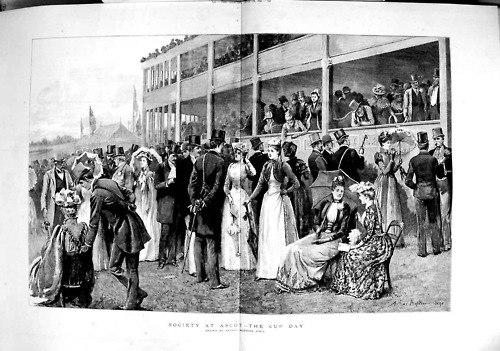
In terms of education also those belonging to the rich families got the best tutors to provide education. The fact that they represented the royal class gave these people an advantage at everything.
They could buy expensive clothes imported from Europe, or afford other riches of life that was beyond the scope of others.
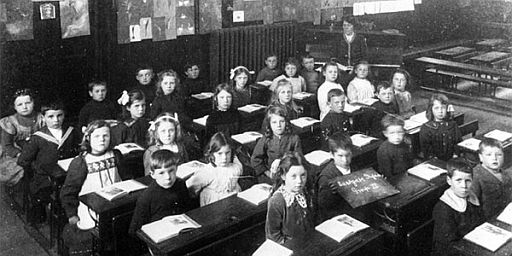
Victorians Middle-class life
The Middle class was the next in social ranking. The Victorian period was very prosperous for the middle class. Middle-class people also owned and managed vast business empires. The middle-class population at the very start of the Victorian era was limited to a few.
The Industrial Revolution in the mid-century of the era brought about drastic changes in the standard of living of the Victorian Middle-Class people. These revolutions opened the doors for more job opportunities and earn a decent living. This, in turn, had a positive impact on the education of children.
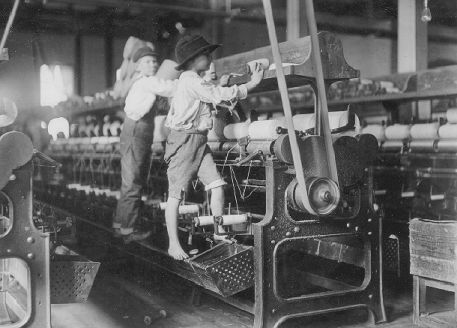
Victorian Working class
The lowest among the social hierarchy were the working class. This class remained aloof to the political progress of the country and was hostile to the other two classes. This working class was further categorised as the skilled workers and the unskilled workers.
Due to the revolution, the industrial workers got jobs thus improving their living conditions. However, the unskilled workers who were placed below the skilled one remained unemployed and were vulnerable to the exploitation.
The working class was the worst affected class in the Victorian times. Lack of money resulted in a negligible food supply. For some working families, the living conditions were so pathetic that they required their children to work in order to bring home some extra income to survive.
The death of their father meant that there is no income to the family and they eventually were forced to live on streets or some public housing. There were some families which would reside in a single room just to have a shelter over their head. The conditions were so brutal for the working class that at times children were forced to work away from their parents.
Status of the Women in Victorian society
Industrial Revolution attributed to the change in the status of women. According to the traditional family pattern, the women were supposed to look after the household chores and take care of children while the men would earn money. There was a strong presence of male dominance in the society. Women were to obey what men told them to do.
The revolution gave women an opportunity to work and earn money, thus changing the old beliefs. Working women not only shared the burden of earning money but it also gave them a sense of security.
Their lives were no longer restricted to the house and children. The segregation of large families into nuclear ones also added to the change in the women’s lives.
Child Labor in Victorian society
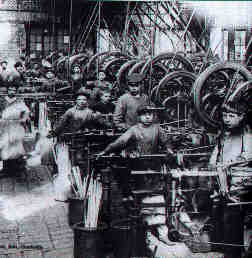
Child labor was rampant throughout the Victorian period. A major reason attributing to it was the fact that the families did not earn much and the food prices had increased for certain duration. This made it difficult for the earning members to earn enough to buy food and satisfy the requirements of the family.
Also, the family structure comprised of grandparents, parents, children, aunts, uncles etc. The number of family members living together was burdensome. Thus, parents were forced to send their children to work and bring some more money. However, despite working for long hours, the children were underpaid and as such their living conditions hardly improved.
Victorian era society: Politics
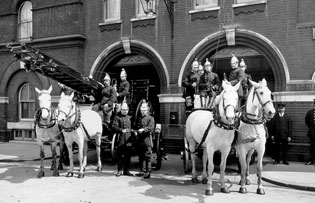
The English government under the rule of Queen Victoria was a monarchy which also comprised of a Parliament. The Parliament was a Bicameral legislature which consisted of The House of Lords and The House of Commons. The said houses would meet separately and passed a bill as law by majority votes.
However, for the bill to passed, it was necessary that both the houses accent to it. The members of the House of Lords not elected by public voting and Lord Chancellor was appointed to supervise its activities. On the other hand, the members of the House of Commons were elected by public voting.
In the initial years of the Victorian period, there were two strong political parties, The Whigs and the Tories (Conservatives). These were the first political parties in England who dominated the political field throughout the Victorian reign.
The Whigs were in favor of growth of the Parliament and wanted to restrict the royal power. Towards the end of 1850, the Whigs became Liberals. They were of the opinion that Parliament should all the decisions and all men should have a right to vote and elect members.
In 1858, Lord Palmerston, the Prime Minister of England resigned from his post after the Orsini plot against Napolean III, the French emperor fell out. Tories, the other dominant party was in favor of monarchy.
Many rich officials belonging to high posts were members of this party. Their view about voting was exactly opposite to that of the Whigs. Tories believed that only those men who were rich and owned large plots of land should have the right to vote.
How do we know about Victorian society?
Victorian era was not too long ago and the printing press was already invented. As a result of that, we have several authors and their popular books that describe life in Victorian society accurately.
Works of popular authors like Charles Dickens and Bronte sisters has already produced several popular plays and have been turned into movies and TV series.
Besides that, several Victorian painters and artists have their work carefully preserved in museums. These also depict the landscapes, battles and life in general in Victorian society.
Several buildings constructed during Victorian era are still standing tall and are masterpieces of beauty and elegance. London still has several of Victorian structures intact.
Museums in London like V&A museum, Tate modern have several artifacts that show the art and fashion in Victorian England.
Many railway tracks, train stations are from the Victorian era.
All these aspects make research about Victorian society much easier.